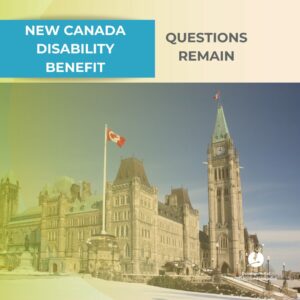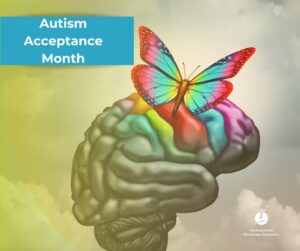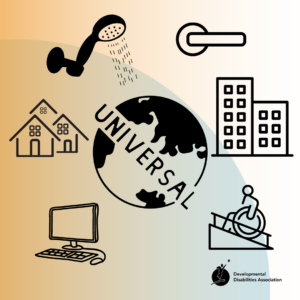By Tasia Alexis
The first ever Vancouver Accessibility Strategy Phase One passed unanimously on July 19, 2022. The Vancouver Accessibility Strategy is the assurance to support the full participation of persons with disabilities by establishing and maintaining inclusive services, programs, and infrastructure, and by identifying, removing, and preventing barriers.
The strategy emphasizes the City’s acknowledgment and commitment to the rights, dignity, and independence of people with disabilities within Vancouver. It reinforces the ability to nurture a culture of equity and inclusion that values and includes everyone.
More than one in five Vancouver residents lives with a lifelong disability, representing at least 107,000 people in the city, and as the city’s population ages, the number of persons with disabilities will continue to increase. For people with disabilities, the lack of physically accessible spaces, services, and supports is a daily challenge. Barriers impede many thousands from experiencing life to the fullest, inhibiting their individual autonomy, freedom of movement, and being able to fully participate as a citizen in their community.
Until now, the City of Vancouver did not have an Accessibility Strategy. The new strategy will target the removal of barriers and prevent new ones from forming, with overarching policies that are aligned throughout the city. It will have a multi-year action plan with goals and outcomes that are measurable, as well as a strong framework for accountability.
Phase one of the Strategy identified 8 focus areas to address accessibility strategically:
Focus Area 1 – Build Environment and Public Spaces
Focus Area 2 – Transpiration Services, Policies, and Programs
Focus Area 3 – Housing Policies, Programs, and Design
Focus Area 4 – Information and Communication
Focus Area 5 – Employment
Focus Area 6 – Governance and Engagement
Focus Area 7 – Capacity and Collaboration
Focus Area 8 – Advocacy and working with other Orders of Government along with Agencies
Community Engagement Sessions
The City’s Community Engagement process was very important in the development of the strategy. To ensure people with disabilities guided the process, the City worked with the Accessibility Task Force committee members of the Persons with Disabilities Advisory Committee (PDAC), Seniors Advisory Committee (SAC), and Persons with Lived Experiences (PWLE). The City consulted community networks, including the Affiliation of Multicultural Societies and Service Agencies of BC (AMSSA), Citizens for Accessible Neighbourhoods, Community Living BC, Developmental Disabilities Association, MOSAIC, Wavefront Centre for Communication Accessibility, and citizens.
When you improve services for people with disabilities you improve services for everyone. The overarching Accessibility Strategy will require keen focus, trust and vulnerability, collaboration with people with disabilities and City staff, determination, persistence, and a plan of action with goals and outcomes that are measured and transparent.
Phase two of the Accessibility Strategy will include a broader engagement and multi-layer action plan.
– Conducting broad community engagement
– Creating and establishing an Accessibility Committee
– Developing an ongoing monitoring and evaluation structure, which will include a public feedback process
– Developing a financial and delivery strategy for the phase
We want a City where everyone belongs and feels included. We want to love Vancouver not for its promise, but for its practice. We need a government that leads by example. We need accessibility all of the way!



